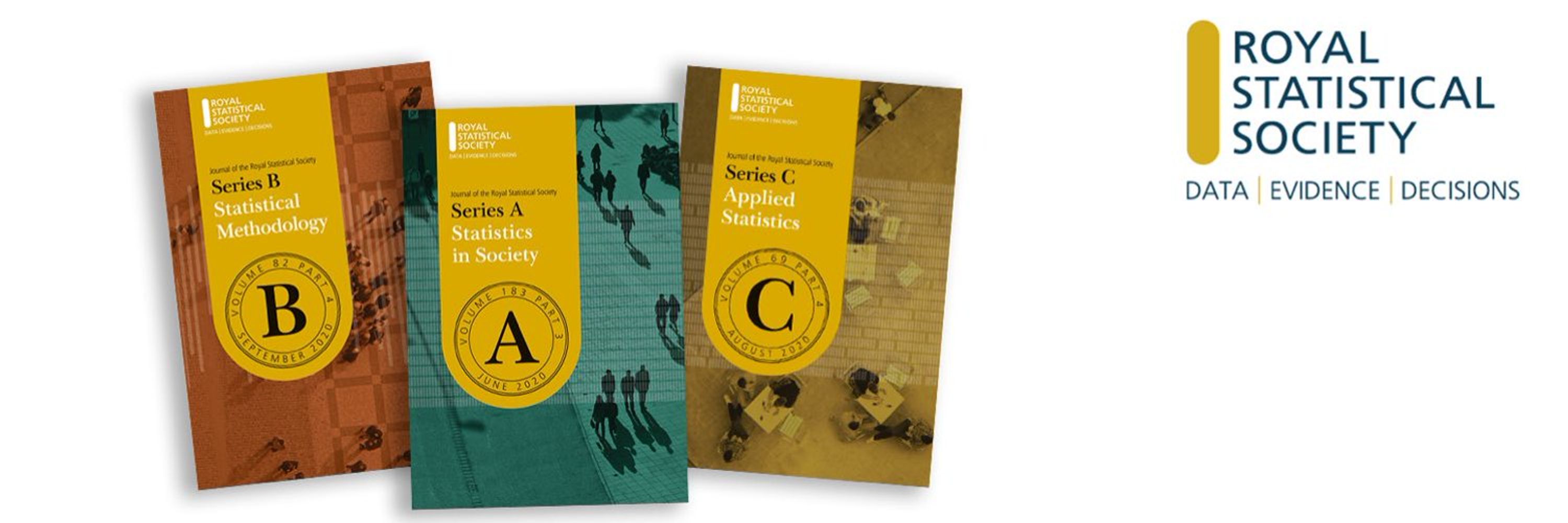
Journal of the Royal Statistical Society: Series A
@jrssa.bsky.social
JRSS-A publishes research showing how statistics play a vital role in life and benefit society l #data l #statistics | #academic | #bayesian | #stochastic
academic.oup.com/jrsssa
academic.oup.com/jrsssa
High recidivism risk found for 20% of ever-jailed. 10% cycle back to jail up to twice per year. Little association to age, gender, crime type and race.



October 3, 2025 at 1:00 PM
High recidivism risk found for 20% of ever-jailed. 10% cycle back to jail up to twice per year. Little association to age, gender, crime type and race.
They also illustrate the application of the proposed tree-based MI method using data from a cellphone survey on COVID-19 vaccination in Uganda, which represents a subcohort sample drawn from the 2020 Uganda Population-based HIV Impact Assessment Survey.

October 3, 2025 at 12:51 PM
They also illustrate the application of the proposed tree-based MI method using data from a cellphone survey on COVID-19 vaccination in Uganda, which represents a subcohort sample drawn from the 2020 Uganda Population-based HIV Impact Assessment Survey.
Fraud detection in blockchain networks presents unique challenges due to decentralized and pseudonymous nature of transactions. This study introduces a novel Multilayer Topology-Aware Graph Contrastive Learning (MTGCL) framework to detect fraudulent activity within the Ethereum transaction network

October 1, 2025 at 2:53 PM
Fraud detection in blockchain networks presents unique challenges due to decentralized and pseudonymous nature of transactions. This study introduces a novel Multilayer Topology-Aware Graph Contrastive Learning (MTGCL) framework to detect fraudulent activity within the Ethereum transaction network
Their results suggest that overlooking latent homophily can lead to either underestimation or overestimation of causal peer influence, accompanied by considerable estimation uncertainty.


September 23, 2025 at 9:02 AM
Their results suggest that overlooking latent homophily can lead to either underestimation or overestimation of causal peer influence, accompanied by considerable estimation uncertainty.
The temporal evolution of transmission rates in populations containing multiple types of individual is reconstructed via an appropriate dimension-reduction formulation driven by independent diffusion processes.


September 19, 2025 at 8:12 AM
The temporal evolution of transmission rates in populations containing multiple types of individual is reconstructed via an appropriate dimension-reduction formulation driven by independent diffusion processes.
Authors propose practical guidelines, and present the performance of the proposed estimators in numerical studies in two sets of real data: exit polls from the 19th South Korean election and public data collected from the Korean Survey of Household Finances and Living Conditions

September 19, 2025 at 8:10 AM
Authors propose practical guidelines, and present the performance of the proposed estimators in numerical studies in two sets of real data: exit polls from the 19th South Korean election and public data collected from the Korean Survey of Household Finances and Living Conditions
They use a unique form of resampling for valid estimates of our test statistic's null distribution even under violations of standard assumptions. This GeoRDD procedure gives substantially different results in the analysis of NYC arrest rates than those that rely on standard assumptions.


September 3, 2025 at 12:01 PM
They use a unique form of resampling for valid estimates of our test statistic's null distribution even under violations of standard assumptions. This GeoRDD procedure gives substantially different results in the analysis of NYC arrest rates than those that rely on standard assumptions.
They study variation in policing outcomes attributable to differential policing practices in NYC using geographic regression discontinuity designs (GeoRDDs).

September 3, 2025 at 12:01 PM
They study variation in policing outcomes attributable to differential policing practices in NYC using geographic regression discontinuity designs (GeoRDDs).
Who increases ED use after Medicaid? New causal ML methods reveal effect a small share of Oregon Medicaid experiment recipients drive overall ED use increase, masking wide variation.

August 26, 2025 at 12:28 PM
Who increases ED use after Medicaid? New causal ML methods reveal effect a small share of Oregon Medicaid experiment recipients drive overall ED use increase, masking wide variation.
When accounting for changepoints, 27.56% of counties had their trend estimates change by >0.03 ppm. While overall ozone levels dropped (thanks to air quality policies), extreme ozone trends actually increased in 45.82% of counties after adjusting for data disruptions.


August 21, 2025 at 9:18 AM
When accounting for changepoints, 27.56% of counties had their trend estimates change by >0.03 ppm. While overall ozone levels dropped (thanks to air quality policies), extreme ozone trends actually increased in 45.82% of counties after adjusting for data disruptions.
How to accurately measure long-term ozone trends when data keeps getting disrupted? Changes in air quality policies, monitor locations, instruments, and sampling methods create "changepoints" that can make trend analysis misleading if you don't account for them properly.

August 21, 2025 at 9:18 AM
How to accurately measure long-term ozone trends when data keeps getting disrupted? Changes in air quality policies, monitor locations, instruments, and sampling methods create "changepoints" that can make trend analysis misleading if you don't account for them properly.
Authors found that the original HES relied too heavily on military security scores. The Bayesian approach showed that giving more weight to socioeconomic factors (not just military metrics) could have led to better decisions while maintaining safety constraints for civilians

August 21, 2025 at 9:16 AM
Authors found that the original HES relied too heavily on military security scores. The Bayesian approach showed that giving more weight to socioeconomic factors (not just military metrics) could have led to better decisions while maintaining safety constraints for civilians
The authors developed "Bayesian safe policy learning" - a method that ensures new algorithms won't make things worse for vulnerable groups. They introduced "ACRisk" (% of groups that would be harmed by a policy change) and created safeguards to keep this risk low

August 21, 2025 at 9:16 AM
The authors developed "Bayesian safe policy learning" - a method that ensures new algorithms won't make things worse for vulnerable groups. They introduced "ACRisk" (% of groups that would be harmed by a policy change) and created safeguards to keep this risk low
How to safely deploy data-driven decision algorithms in high-stakes situations? During Vietnam, the US military used the Hamlet Evaluation System (HES) to score regional security and guide airstrike decisions. But what if this algorithm could have been improved to reduce harm?

August 21, 2025 at 9:16 AM
How to safely deploy data-driven decision algorithms in high-stakes situations? During Vietnam, the US military used the Hamlet Evaluation System (HES) to score regional security and guide airstrike decisions. But what if this algorithm could have been improved to reduce harm?
The method demonstrates robust performance across various sample sizes and censoring scenarios, including right censoring and missing at random, and results on real world data provide an interpretable and reliable tool for optimizing survival outcomes in complex clinical settings

August 12, 2025 at 12:44 PM
The method demonstrates robust performance across various sample sizes and censoring scenarios, including right censoring and missing at random, and results on real world data provide an interpretable and reliable tool for optimizing survival outcomes in complex clinical settings
To effectively manage censored survival data while optimizing treatment strategies the authors propose the Linear Buckley–James Q-Learning framework (BJ-Q), which integrates the Buckley–James method and apply it through extensive simulation studies and real world data

August 12, 2025 at 12:44 PM
To effectively manage censored survival data while optimizing treatment strategies the authors propose the Linear Buckley–James Q-Learning framework (BJ-Q), which integrates the Buckley–James method and apply it through extensive simulation studies and real world data
Survival analysis is a fundamental aspect of medical research. Despite its importance, the frequent occurrence of censoring complicates both the analysis and interpretation of survival data. Q-Learning method, despite its promise, presents unique challenges in survival analysis.

August 12, 2025 at 12:44 PM
Survival analysis is a fundamental aspect of medical research. Despite its importance, the frequent occurrence of censoring complicates both the analysis and interpretation of survival data. Q-Learning method, despite its promise, presents unique challenges in survival analysis.
We demonstrate how conflict is triggered across cells, varying distances and time lags. We find that diffusion is driven by population structures. Conflict generally breaks out in densely populated areas and from there diffuses across the region and disproportionately affecting less populated areas

August 6, 2025 at 3:13 PM
We demonstrate how conflict is triggered across cells, varying distances and time lags. We find that diffusion is driven by population structures. Conflict generally breaks out in densely populated areas and from there diffuses across the region and disproportionately affecting less populated areas
We develop a GAM model that smooths across the spatio-temporal history of
each observation, to capture these diffusion mechanisms. Using gridded conflict data from
UCDP in Africa, we analyze diffusion up to 550km in distance and 24 months in the past.
each observation, to capture these diffusion mechanisms. Using gridded conflict data from
UCDP in Africa, we analyze diffusion up to 550km in distance and 24 months in the past.
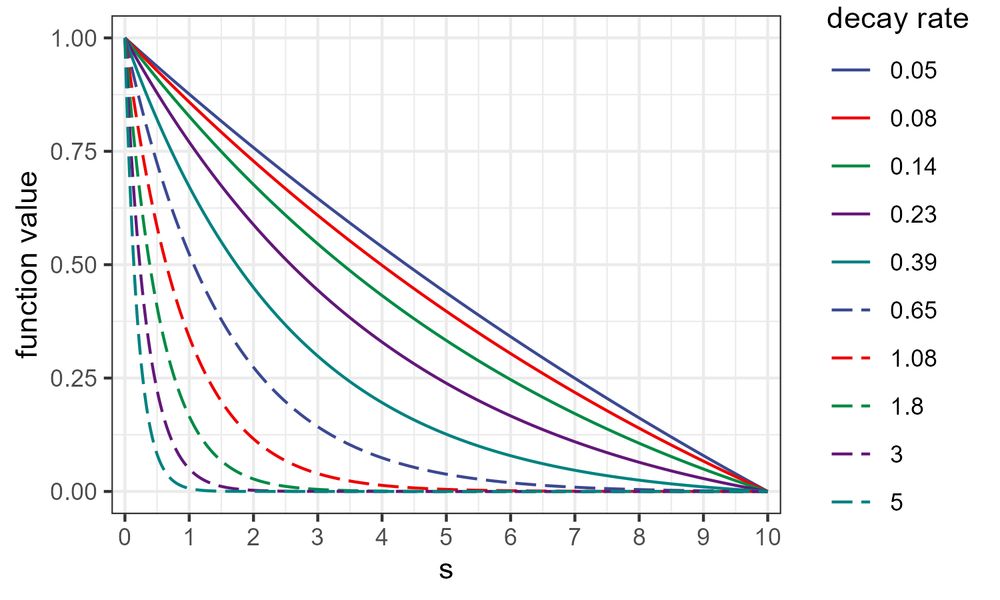
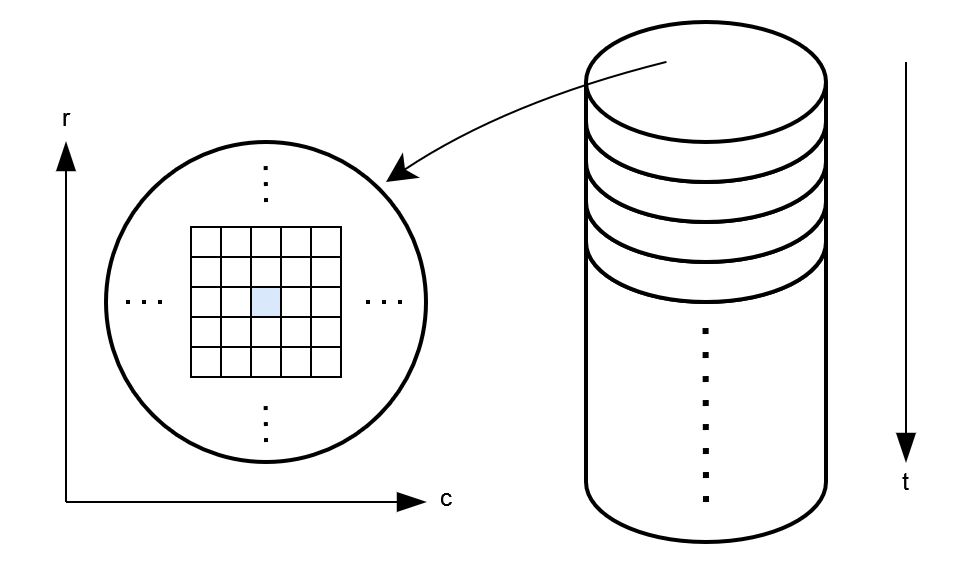
August 6, 2025 at 3:13 PM
We develop a GAM model that smooths across the spatio-temporal history of
each observation, to capture these diffusion mechanisms. Using gridded conflict data from
UCDP in Africa, we analyze diffusion up to 550km in distance and 24 months in the past.
each observation, to capture these diffusion mechanisms. Using gridded conflict data from
UCDP in Africa, we analyze diffusion up to 550km in distance and 24 months in the past.
Armed conflict exhibits substantial diffusion, i.e., spreading, across space and time. However,
existing statistical models do not analyze nor fully capture these complex transmission
mechanisms.
existing statistical models do not analyze nor fully capture these complex transmission
mechanisms.
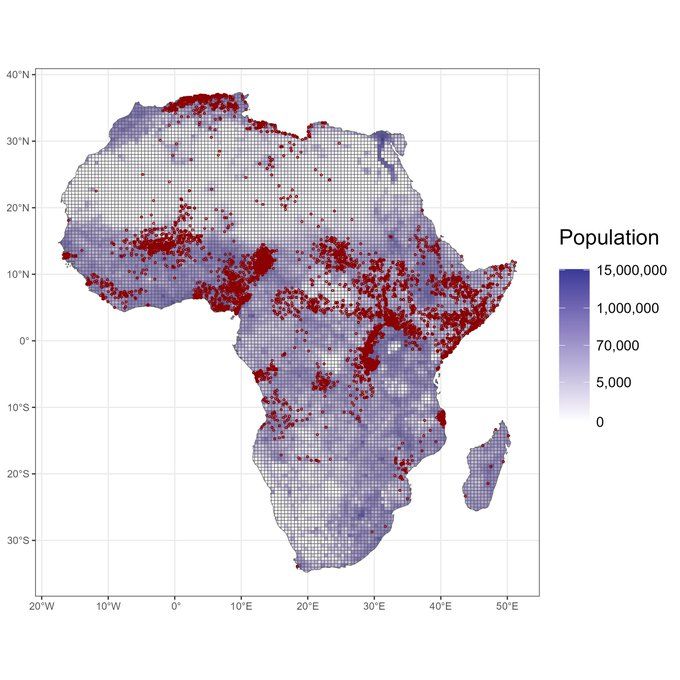
August 6, 2025 at 3:13 PM
Armed conflict exhibits substantial diffusion, i.e., spreading, across space and time. However,
existing statistical models do not analyze nor fully capture these complex transmission
mechanisms.
existing statistical models do not analyze nor fully capture these complex transmission
mechanisms.
The findings do not support a momentum effect and, moreover, show that the observed momentum in the data can be explained by differences in players’ strength. Hence, the empirical evidence suggests that past successes per se do not affect the probability of a current success.
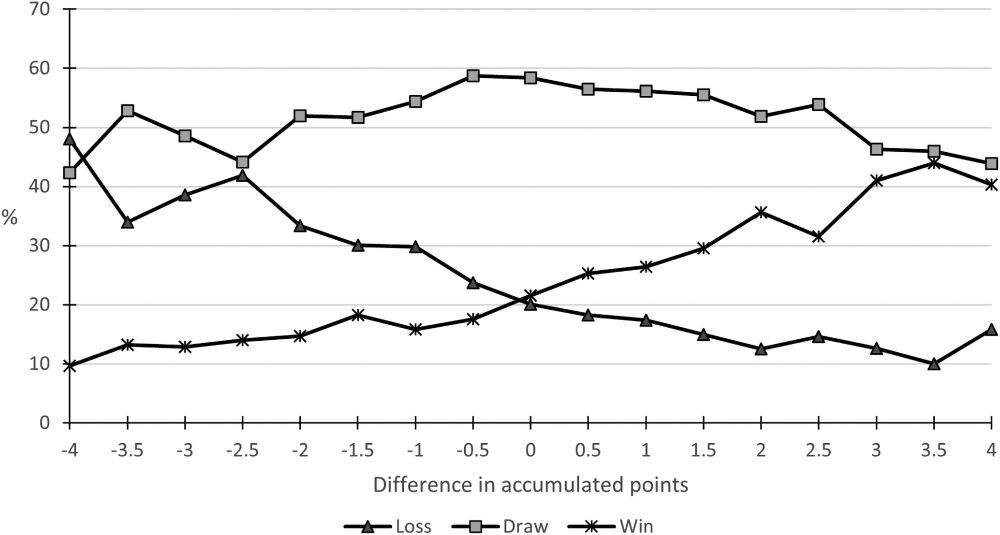
July 22, 2025 at 6:04 PM
The findings do not support a momentum effect and, moreover, show that the observed momentum in the data can be explained by differences in players’ strength. Hence, the empirical evidence suggests that past successes per se do not affect the probability of a current success.
Results suggest differences in the effects of various vocal interventions, and that average pitch of a speaker’s voice does not necessarily have the largest effect on listeners, highlighting the need for further study of the channels through which speech influences listeners

July 22, 2025 at 6:02 PM
Results suggest differences in the effects of various vocal interventions, and that average pitch of a speaker’s voice does not necessarily have the largest effect on listeners, highlighting the need for further study of the channels through which speech influences listeners
Results show that the new model can produce far more accurate point and interval estimates, compared to standard approaches and approaches that use shrinkage or spatial priors alone. The model also had reduced uncertainty in the data analysis compared to the direct estimate.

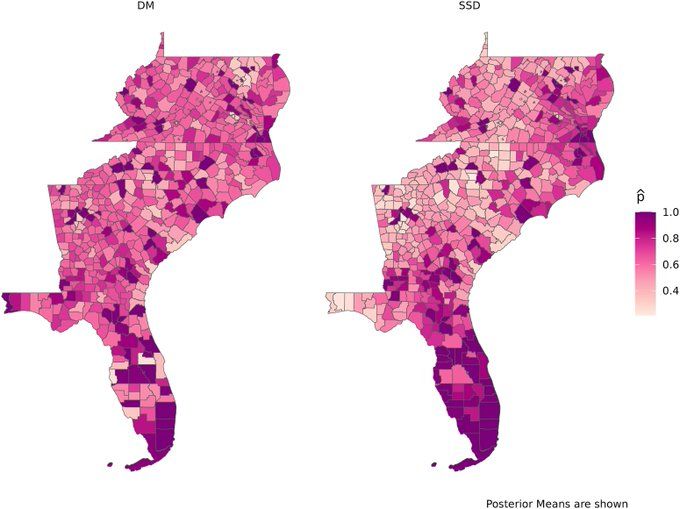
July 22, 2025 at 6:00 PM
Results show that the new model can produce far more accurate point and interval estimates, compared to standard approaches and approaches that use shrinkage or spatial priors alone. The model also had reduced uncertainty in the data analysis compared to the direct estimate.
The model is applied to age-specific immigration flows to Austria, disaggregated by sex and countries of origin. Comparative analysis demonstrates that the model outperforms commonly used benchmark frameworks in both in-sample imputation and out-of-sample predictive exercises.
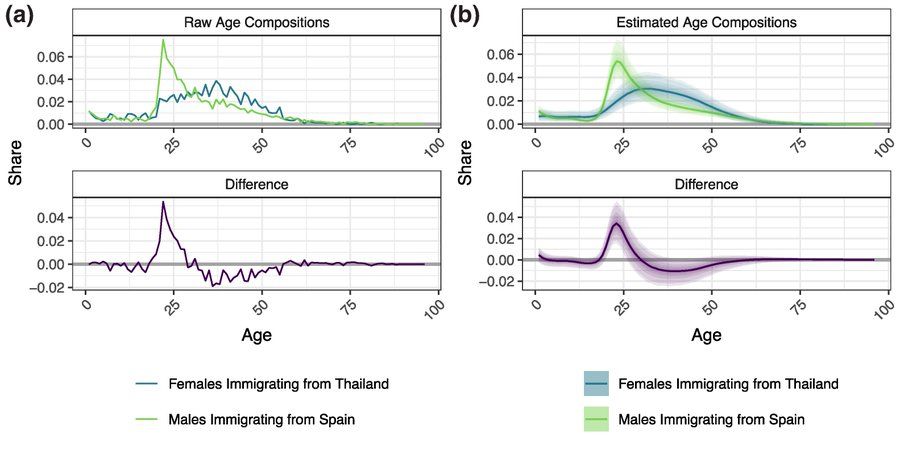

June 30, 2025 at 12:16 PM
The model is applied to age-specific immigration flows to Austria, disaggregated by sex and countries of origin. Comparative analysis demonstrates that the model outperforms commonly used benchmark frameworks in both in-sample imputation and out-of-sample predictive exercises.
Authors conduct a simulation study to investigate the statistical properties of the proposed methods. Finally, they apply the methods to aerial survey data of oil and gas facilities in British Columbia, Canada, to estimate the methane emissions in the province.
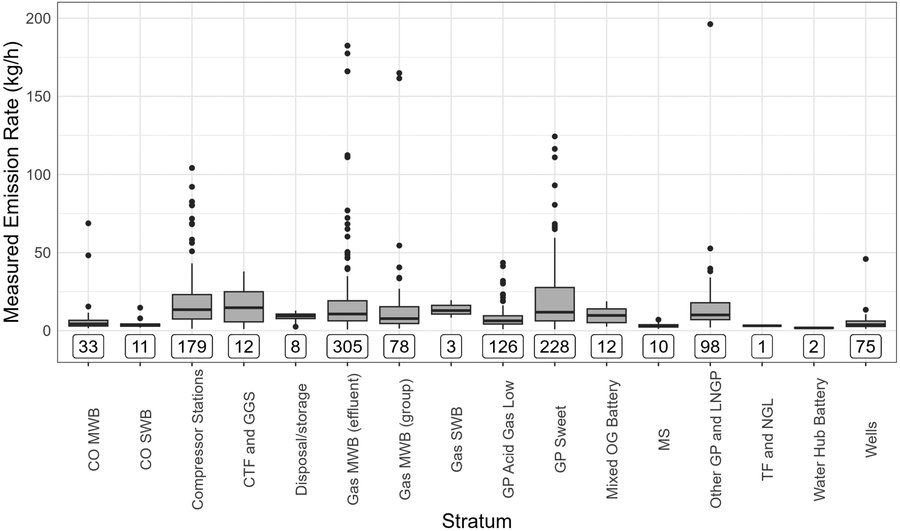
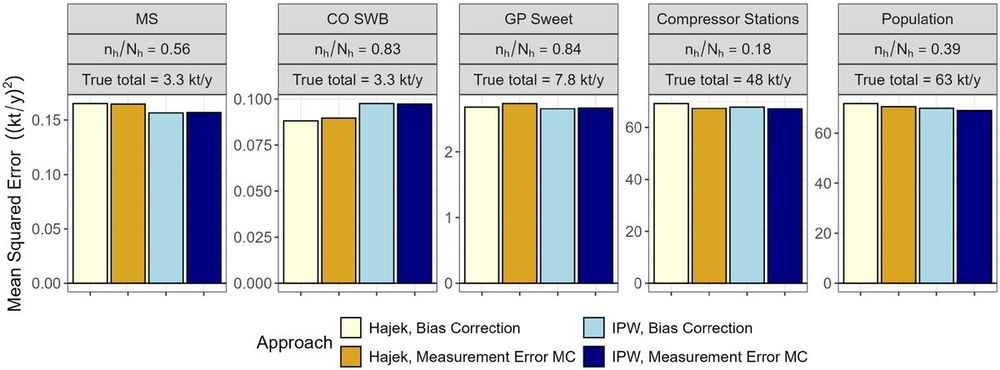
June 30, 2025 at 12:14 PM
Authors conduct a simulation study to investigate the statistical properties of the proposed methods. Finally, they apply the methods to aerial survey data of oil and gas facilities in British Columbia, Canada, to estimate the methane emissions in the province.

